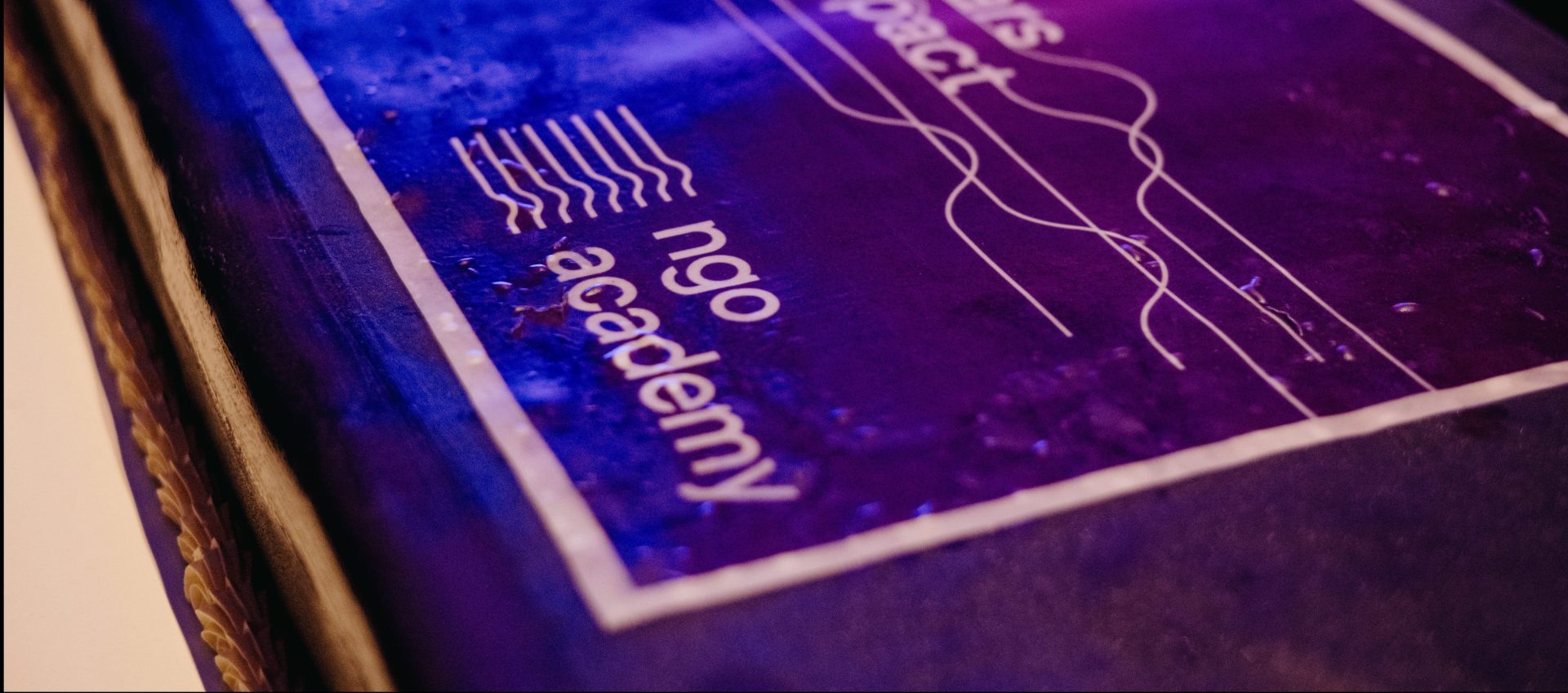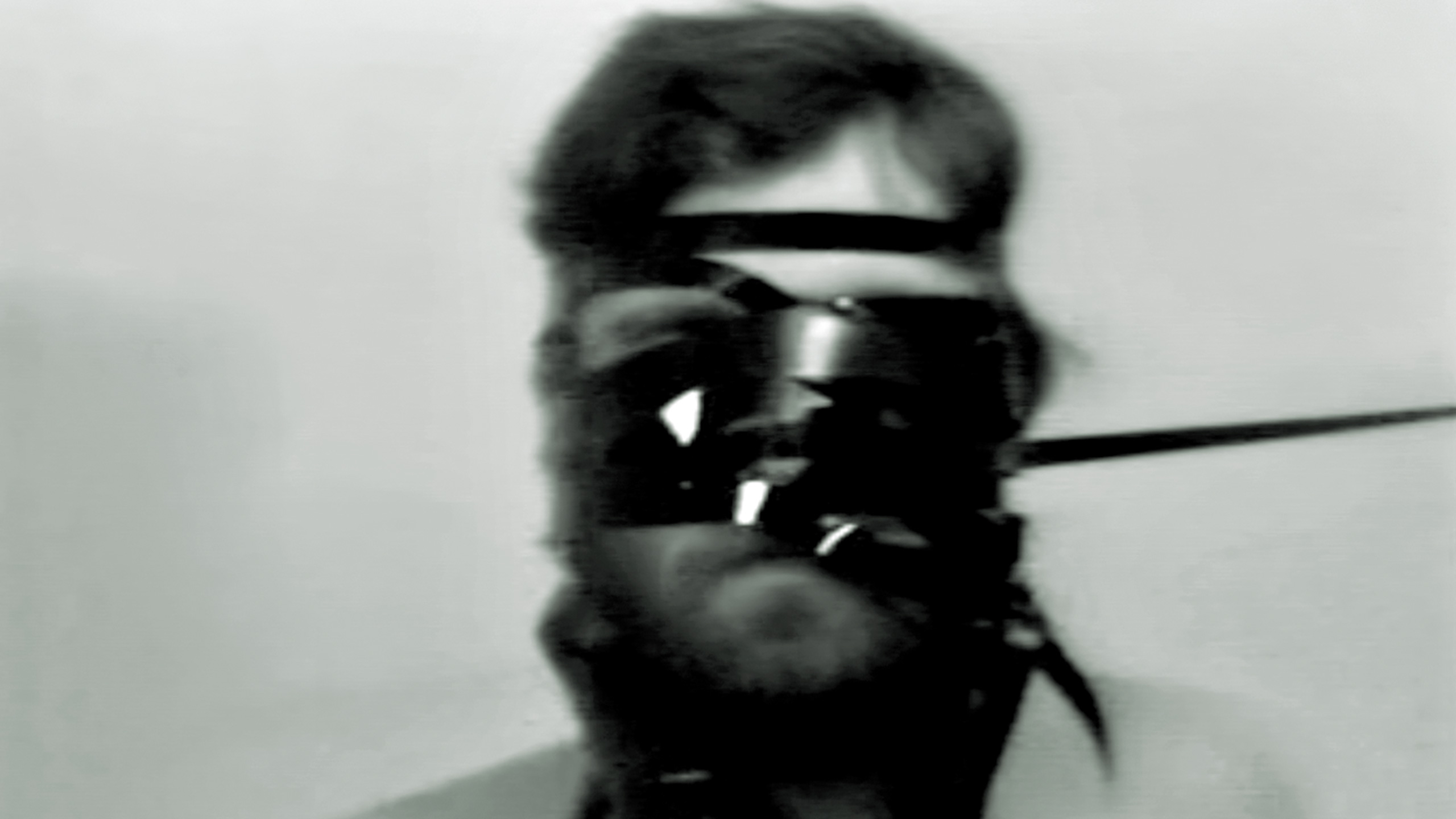
Publications

Holidays after the Fall – Seaside Architecture and Urbanism in Bulgaria and Croatia
Editors: Elke Beyer, Anke Hagemann, Michael Zinganel
Publisher: Jovis, Berlin
Content: 255 pages
ISBN: 978-3-86859-226-9
Year: 2013
Every summer season, the sun-drenched coasts of Bulgaria and Croatia turn into densely inhabited, intensively exploited tourism industry hotspots. This book traces the various architectural and urban planning strategies pursued there since the mid 1950s, in order first to create then to further develop modern holiday destinations.
It portrays (late-) modern tourism architecture and resorts of a remarkable quality and typological diversity, which have persisted both as a playground for the domestic labour force and as a viable product on the international market. Yet the authors focus above all on how, in the wake of political change and the privatization of business, individual resorts and outstanding buildings have been economically and physically restructured, in a myriad of ways, leaving a legacy of deserted ruins, cautious renovations, exorbitant conversions and on-going public protest.
This publication is available at ERSTE Foundation Library.



